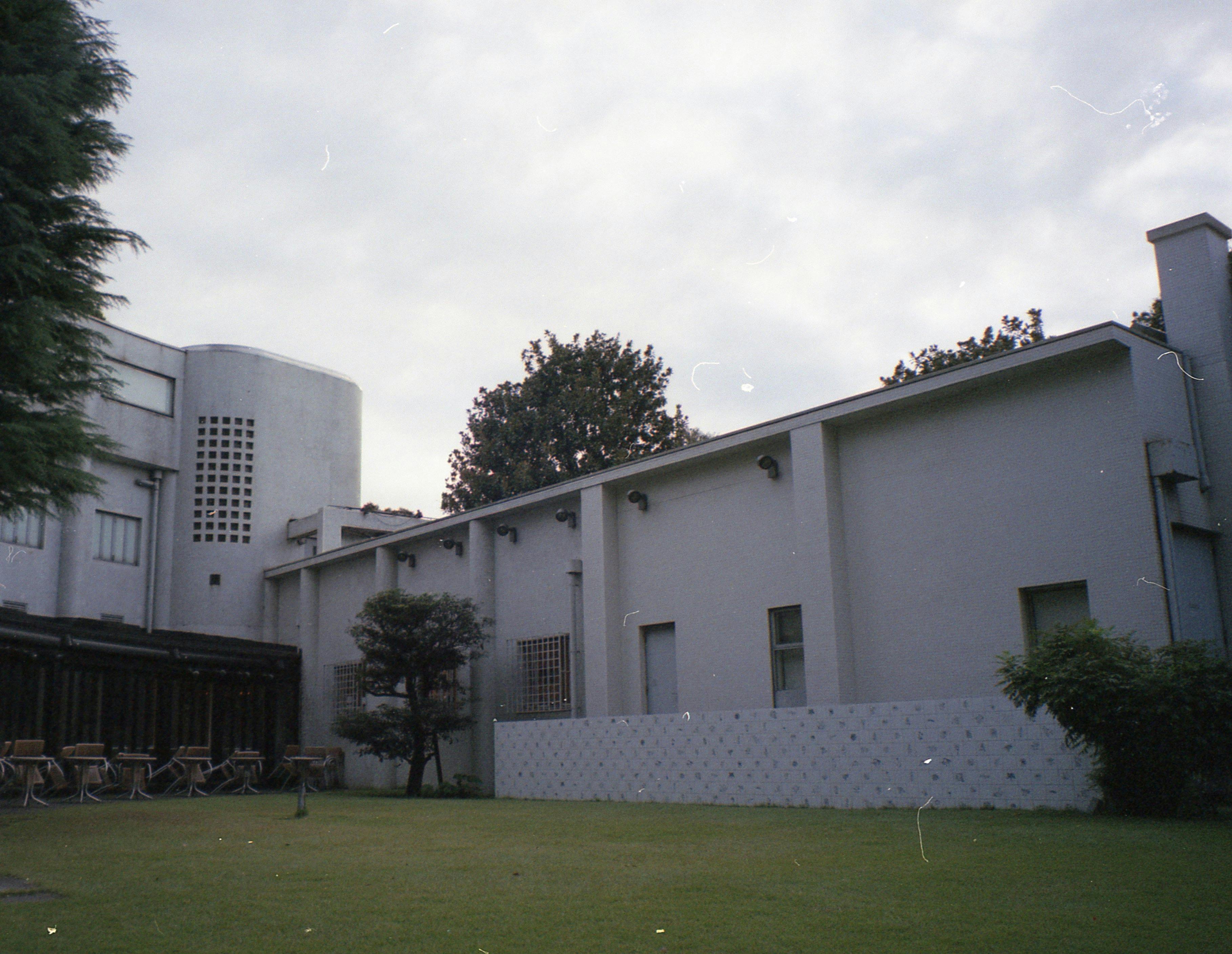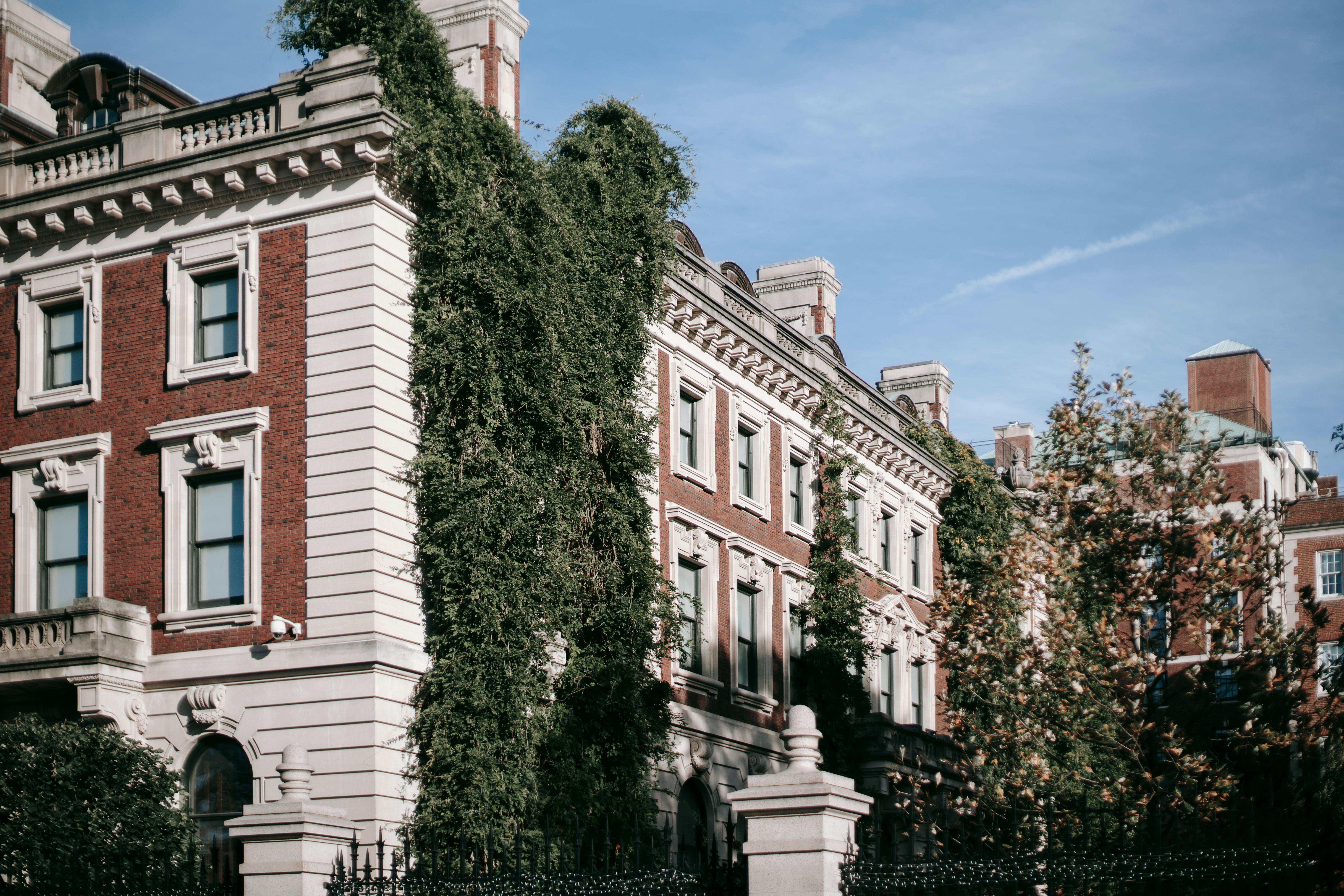Building a fence around your vegetable garden is a great way to protect it from animals and other pests. It can also provide a neat, finished look to your outdoor living space. Fences come in many different styles, sizes, and materials, so you’ll need to decide which type of fence is best for your garden before you get started. This guide will show you how to build a fence around your vegetable garden and provide tips for making sure the job is done properly.In order to assess your garden’s needs for a fence, you should consider several factors including the size of your garden, the type of plants and animals you want to keep in or out, and the type of fence material you want to use. You should also consider the amount of maintenance required for different types of fences and any potential safety hazards associated with installing a fence on your property. Once you have a clear understanding of what kind of fence will be best suited for your garden, you can then make an informed decision about which fencing materials and styles will best meet your needs.
Choosing Materials for Building a Fence
When it comes to building a fence, there are many materials that you can choose from to get the job done. Wood, vinyl, aluminum and chain link are some of the most popular options. Each material has its own advantages and disadvantages, so it’s important to consider your needs and budget before making a decision. Here are some things to think about when choosing materials for building a fence:
Durability – It’s important to consider how long your fence will last. Wood is
Gathering the Tools and Supplies Needed to Build a Fence
When it comes to building a fence, having the right tools and supplies is essential for success. To begin, you’ll need to gather all the materials you need before starting construction. Depending on the type of fence you’re building, the supplies will vary. Generally, for most fences, you’ll need posts, panels, fasteners and hardware. You’ll also need some basic tools such as a drill and a saw. Other items like gloves, safety glasses and concrete mix may also be necessary depending
https://images.pexels.com/photos/6046312/pexels-photo-6046312.jpeg
Installing Posts for the Garden Fence
Installing posts for the garden fence is a simple process, but it is important to do it correctly. The first step is to measure and mark the exact location of each post. It is important to make sure that all of the posts are at least six inches away from any flowerbeds or other plants and that they are evenly spaced. Once you have marked off the locations of each post, it’s time to start digging. The depth of the post holes should be approximately two feet deep, depending on the type

Adding the Support Rails for the Garden Fence
Adding support rails to your garden fence is an easy process. First, measure the length of the space where you will be placing the support rails. Then, purchase enough railings to cover that length. Once you have the materials, begin by attaching one railing at each end of the space. Use screws and a power drill to secure them in place. Next, add one or two more rails in between these two end points, depending on how much stability you want. Make sure they are aligned properly and securely fastened. Finally
Attaching Pickets to the Support Rails of the Garden Fence
Installing pickets to your garden fence’s support rails is an easy task that can be done in a few simple steps. Before you begin, it’s important to make sure you have all the necessary tools and materials on hand. You’ll need pickets, galvanized nails, a hammer and a saw.
Begin by measuring and cutting the pickets to size. Make sure you measure twice before you cut it down to size as once it’s cut, there’s no going back.
Fastening Wire Mesh to the Garden Fence
Fastening wire mesh to the garden fence can be a great way to add privacy and security to your outdoor space. This type of fencing is relatively easy to install and can be done by most DIYers with the proper tools and materials. The most important thing to remember when installing a wire mesh fence is that it must be securely fastened to the fence posts in order for it to provide adequate support. Here are some tips for fastening wire mesh to your garden fence:
1. Use galvan

Conclusion
Building a fence around your vegetable garden is a great way to protect your plants from animals and pests. With a few simple tools and materials, you can easily construct a fence that will keep your vegetables safe. Consider the size of the garden and the type of fence that you want to build before purchasing the materials. You may need to hire help if the job is too big for one person or if you are not comfortable with doing it yourself. The type of material you choose should match the style of your garden, along with its durability and ease of maintenance. Finally,
